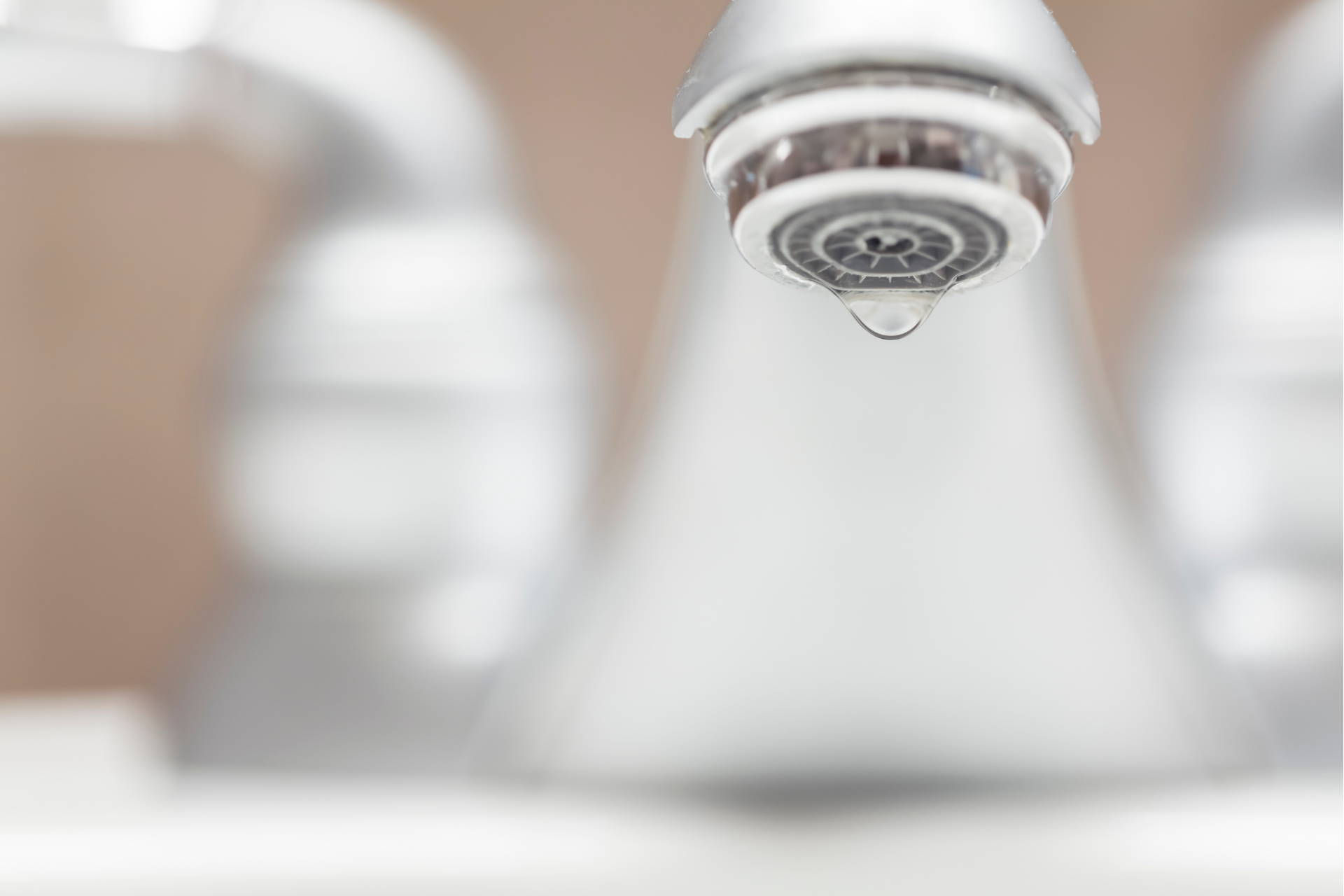
April 4, 2022
In our area, the most common winter plumbing problem is frozen pipes but the winter weather can cause stress on your other plumbing systems as well. Learn how to keep outdoor water pipes from freezing and follow these winter plumbing tips to help protect your home from the dropping temperatures.
Winter Plumbing Tips:
Inspect outdoor faucets, drain lines, and shut off valves
Using a plunger will be the first method to try if you have a slow-running drain or a small clog in your kitchen sink. Plunging works by building pressure in the pipe that pushes the clog down the drain. For a single-compartment sink, simply plunge the drain from the basket strainer or garbage disposal flange. For two-compartment sinks, you will need to use a drain stopper in one compartment while you use the plunger in the other compartment. Do not use this method if you have poured a chemical drain cleaner down the drain. Be sure not to plunge too hard as it can result in the seals on the tubular waste leaking.
Disconnect and drain outdoor water hoses
To help prevent outdoor water spigots from freezing, disconnect and drain water hoses before the temperature drops to freezing. Store your hoses in a dry place and insulate your outdoor spigot. An insulation kit can be bought from your local hardware store for a few dollars.
Winterize irrigation systems, pool houses, and other outdoor systems
Because of how winter affects your plumbing, it is important to winterize unoccupied spaces such as pool houses for the winter. This helps to ensure leaks don’t go unnoticed for long periods of time.
Clear leaves and debris from gutters and downspouts
During the seasonal transition from fall to winter, clean out your gutters. Clean gutters will prevent water damage caused by stormwater overflow, clogged gutters and sagging gutters from heavy ice buildup. Well-maintained gutters will also help prevent unwanted erosion, rot, water leaks and other winter plumbing problems.
Properly insulate the crawl space and basement
A majority of a home’s plumbing is located in the crawlspace or basement of a home. Having a properly insulated crawl space or basement provides great protection against frozen pipes and water heater malfunctions due to cold weather.
Clean and inspect the sump pump
Your sump pump is typically located in the basement. It is responsible for collecting and releasing water away from your home. During the winter months, sump pumps are susceptible to freezing, so it is critical to ensure it is properly insulated before temperatures drop.
Flush and inspect the water heater
During the winter months, your water heater is working overtime. It is easy to forget about your water heater until you’re experiencing winter plumbing problems because it is normally located in a place out of sight. Maintaining your water heater will help to extend its life expectancy. Planning for routine water heater maintenance to coincide with your winter plumbing checklist will help you stay on track with a maintenance schedule so your water heater continues to run efficiently.
Take this time to do a house inspection: check under sinks, crawlspaces, basements, etc.
Similar to the last tip it is easier to remember routine maintenance if you coincide it with other tasks. Doing a house plumbing inspection at least once a year will help to diagnose plumbing problems early on and hopefully prior to extensive damage. Checking under sinks, crawl spaces, basements, and bathrooms that are not visited frequently are a good place to start.
What should you do when temperatures drop below freezing?
- Close all garage doors and make sure they are sealed well
- Leave kitchen and bathroom cabinet doors open
- Leave faucets on a slow drip
- Leave your thermostat set at a consistent temperature
How do you know if you have a frozen pipe?
There are a few signs that indicate you have a frozen pipe the most common are:
- The exterior of a pipe is covered in a layer of frost
- If you turn your faucet on and there is little to no water coming out
- A bad smell coming from your drains or faucets
- Damp spots where there are pipes in inaccessible areas. For example walls, ceilings, floors etc.
What should you do if your pipes are frozen?
If the fixture has an individual shut-off valve, then isolate the fixture by turning off the valve. If the fixture does not have a shut-off valve, use the main supply line shut-off valve. When pipes freeze they typically burst, it is best to turn off the water supply before the pipes thaw to help prevent further water damage.
If the fixture is in an area that could cause costly water damage, you can attempt to catch or divert the water away before the pipe thaws out. Clear out the area of anything that could be damaged by water.
How to thaw frozen pipes
You can attempt to thaw a frozen pipe by warming up the pipe to melt the frozen water inside of the pipe. Beware that once the pipe thaws enough for the ice to dislodge the pipe may crack or burst. Warming the pipe can be done in multiple ways but it is best to do this process slowly as a quick change in temperature can rupture the pipe. Although there are many tips you can find on the internet for thawing pipes, many of them are dangerous or can cause more damage than necessary. Do not pour hot water onto the pipes in an attempt to defrost them as this can cause more damage.
It is best to call a licensed plumber as soon as you notice a frozen pipe. Eventually, the frozen pipe will defrost and will most likely cause a leak or burst pipe. If you are experiencing winter plumbing problems in Winston-Salem, Greensboro, High Point, Kernersville, or surrounding areas, contact us to see how we can help!


